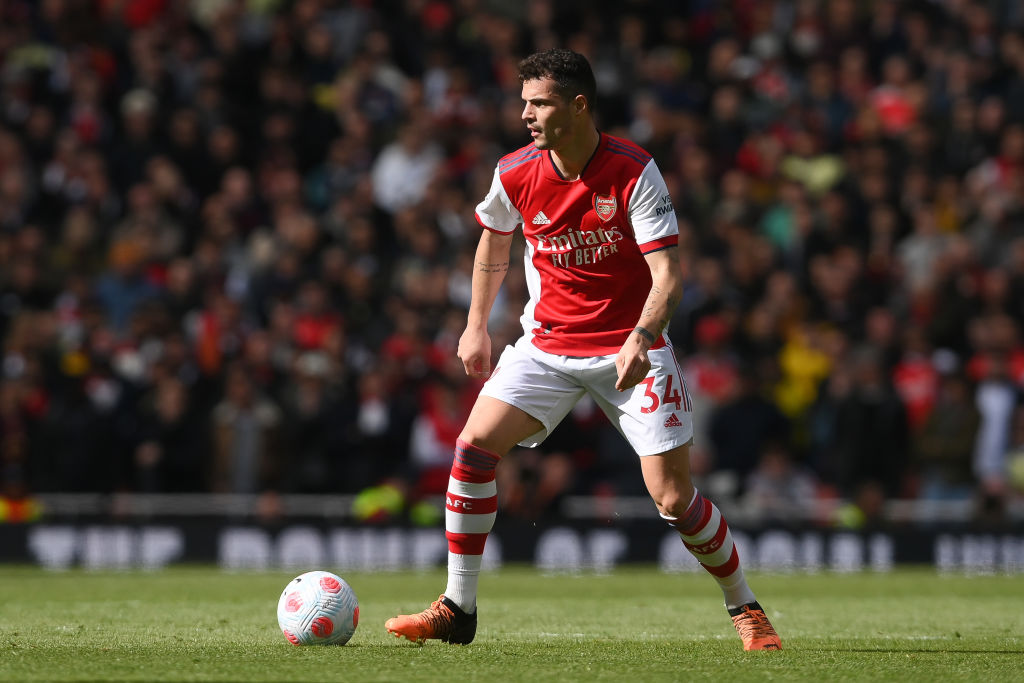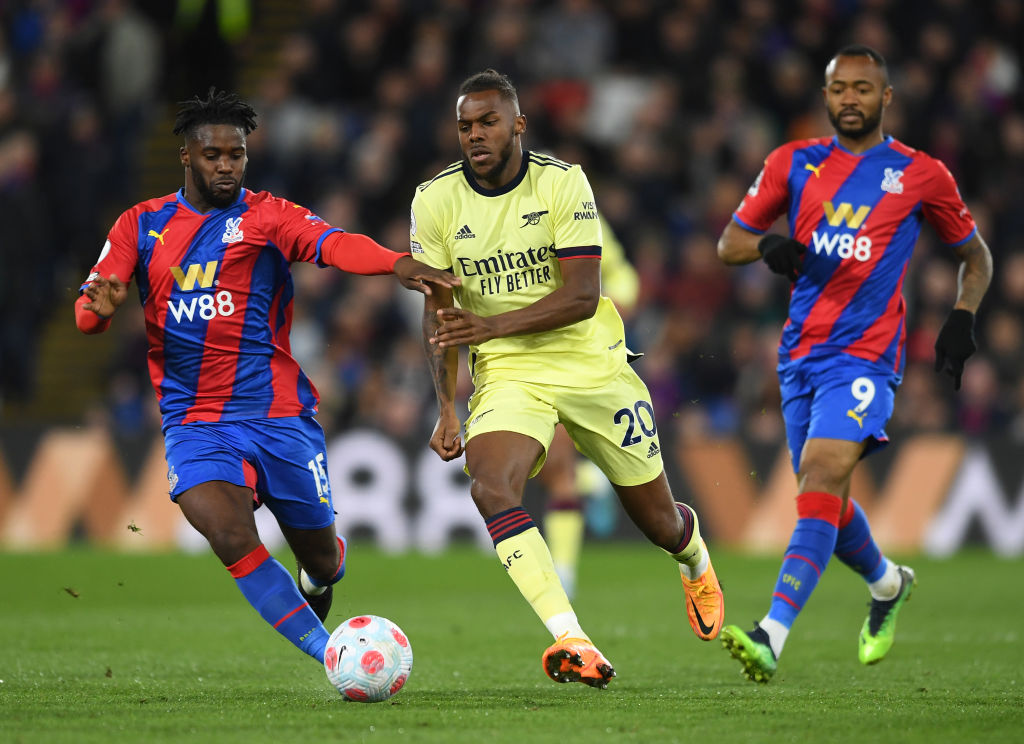
manager Mikel Arteta has hinted that that he will continue playing Granit Xhaka at left-back ahead of .
In their first game after the March international break against , Arteta selected Tavares in the team ahead of first choice left-back Kieran Tierney who had been ruled out for the rest of the season with injury.
However, an awful first half resulted in two goals conceded and the 22-year-old was hauled off at the break with Xhaka dropping back to fill in the void in the eventual 3-0 loss at Selhurst Park
Xhaka kept his place in defence for Arsenal’s next game against Brighton and Hove Albion, but the result did not change with the Gunners losing back-to-back league games for the first time since December.
The North London side are now fifth in the table, three points behind Tottenham Hotspur with a game in hand, but they must finish the season strongly if they are to make top four and qualify for the Champions League.
Speaking in his pre-match press conference ahead of the Gunners’ trip to Southampton on Saturday, Arteta seemed to confirm that Swiss midfielder Xhaka would once again be in the starting XI as a makeshift full-back.

He told reporters: ‘I’m convinced that I’m going to do something that’s best for the team, then it’s going to be judged on whether you win or you don’t win. The problem [against Brighton] I guarantee was not Granit playing as a full back.
‘You can discuss whether Granit can play there, just look at the stats when the team has played with Granit as a left-back. They don’t get much better than that.’
There has been suggestion that winger Bukayo Saka could play at left-back instead, having done so previously under Arteta and previous boss Unai Emery, but the Spanish manager seems to have faith in Xhaka.
This will perhaps come as a disappointment to Tavares who was brought to the club last summer to act as back up to Tierney, but a series of poor performances from the Portuguese player has seen him lose his place.
Asked if he still trusted Tavares, Arteta said: ‘The trust comes from the way I communicate with them. That I give them the right reasons, when I put a player on the pitch it’s because I can see that they are in the right condition to do that.
‘To show trust and for the player to show trust to us is that I’m going to give them the opportunity when I believe that he is ready to do that. When I see in the moment that he is doubting I don’t do him any favours by putting him in there.
‘He needs to go through periods like this. I can show you examples of any player that has been in this squad [going through a situation like this]. Not always good periods, difficult periods.
‘But those difficult periods are the best moments to learn and to overcome and to have the ability afterwards to develop into a much better player.’
, .
, and .



















